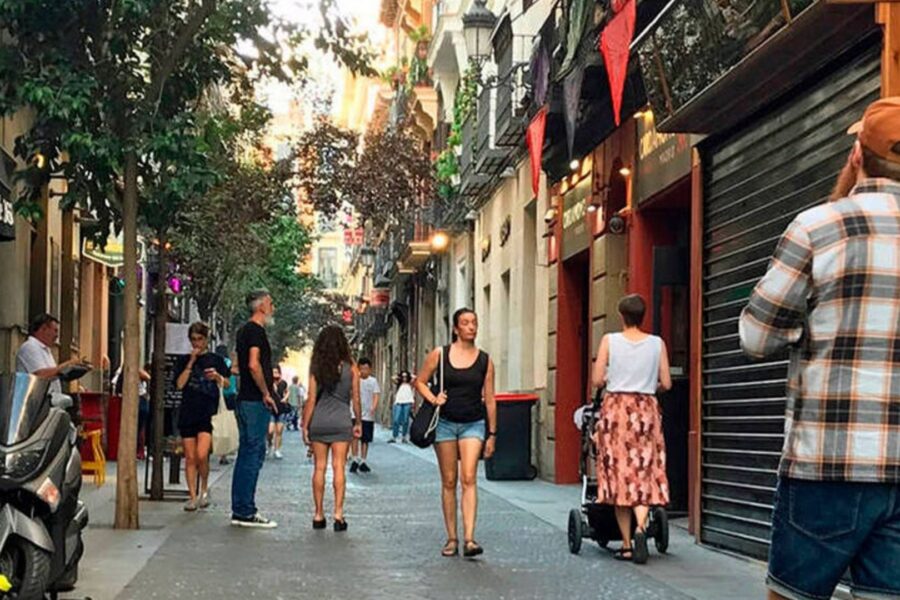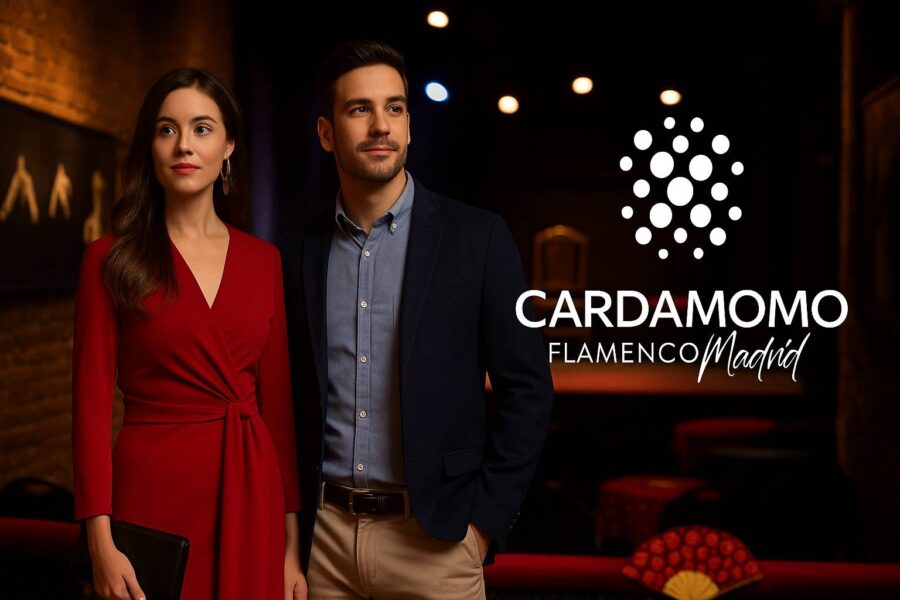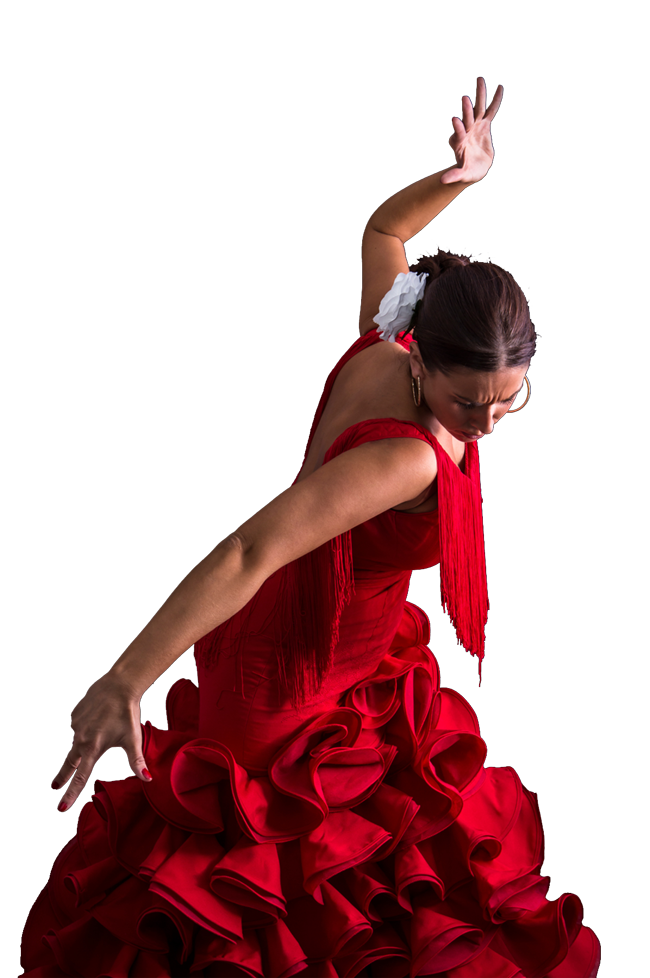For anyone who wants to visit a flamenco tablao in Madrid, is good to know a little more about this musical art so original and unique, before going.
Because we believe that you always enjoy things a bit more, when you knows a little more about them.
THE PALOS OF FLAMENCO
What is the so named Palos in flamenco art?
It is said that we could compare to flamenco with a tree, where the trunk would be the matrix and the different modalities would be the branches, according to every territory, city, town, or neighborhood.
IN CANTE ANDALUZ, THE PALOS ARE:
Medias Granadinas: also of the Libre group.
Tarantas: It is a long, virile, harsh song only influenced by the fandango. It is the song of the mine, very expressive.
Verdiales: of country life origin, songs and dance accompanied by a violin, two to four guitars, a tambourine, cymbals, castanets, lute or mandolin.
IN CANTE GITANO, THE PALOS ARE:
La Caña: is considered the most important flamenco cante. It is very difficult to sing and it needs very exceptional vocal abilities.
Seguirya: tragic, strong, dark song, slow and leisurely. One of the most important styles.
Serranas: from the seguirya family, it was a country song which moved to the city.
Soleares: it is a light party song, cheerful, sensual, native of Cádiz. It incites to the dance. Faster than the Soleá.
Tangos: with copla, it is one of the basic flamenco styles. It has no relationship with the Río de la Plata Tango. There are various modalities such as Cádiz, Triana, Jerez and Málaga. Compass of 4/4.
Tanguillo: performed by the choirs in Carnival.
Tientos: slower than Tango, formerly it was called tango tiento.
Zambra: is a Moorish celebration interpreted in the caves of Sacromonte (Granada), it is composed of three dances: the Alboreá, the Cachucha and the Mosca, symbolizing the three moments of the Gypsy wedding.
The tablao is the platform of tables where these dances and songs take place in the shows and it was formerly the principal place in “cafés cantantes”. These cafés had a large living room decorated with mirrors and bullfighting posters. In these places flamenco was exhibited to large audience for the first time.










